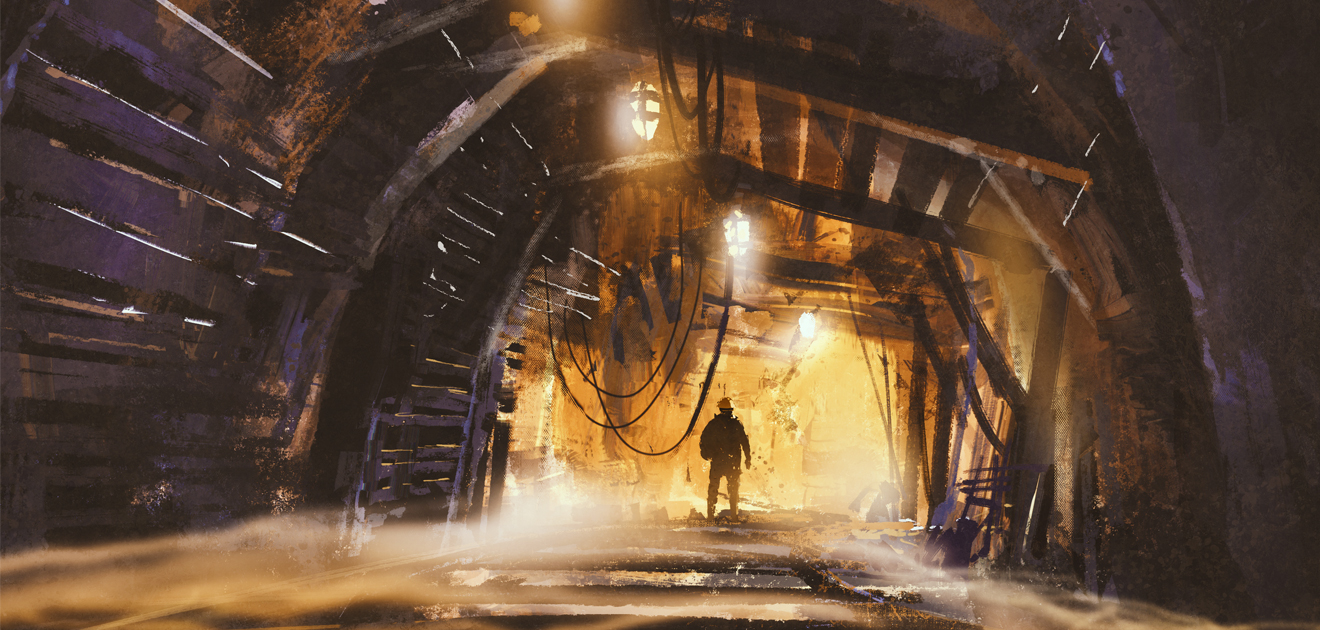The working environment in coal mines is complex, and safety production is the primary task. Explosion accidents in coal mines not only endanger the safety of miners, but also cause serious damage to equipment and the environment. In order to prevent explosion accidents, various explosion-proof measures have been widely applied in mines. However, there are still some instances of explosion failure in actual production.
Explosion loss refers to the phenomenon where equipment or facilities that should have taken explosion-proof measures underground fail to meet the explosion-proof requirements for various reasons, resulting in the possibility of explosion under normal use or failure. The existence of explosion loss phenomenon greatly increases the risk of underground operations, therefore, identifying and preventing explosion loss phenomenon is crucial for coal mine safety production.
Electrical equipment failure is one of the common failure phenomena in coal mines. Common misfire phenomena include:

Electrical junction box explosion: Electrical junction boxes are an important component of electrical circuits, and the main manifestations of junction box explosion are poor sealing, damaged casing, and aging sealing rings. When an arc or spark is generated inside the junction box, it may cause an explosion of surrounding combustible gases.
Electric motor failure: Electric motors used underground should have explosion-proof performance, but in actual use, problems such as damaged motor casing, loose wiring, and poor sealing often lead to failure. In addition, overheating of the electric motor may also cause combustion and explosion of surrounding gases.
Switch equipment failure: Various switch equipment used in underground mines, such as high-voltage switches, isolation switches, etc., may also cause failure accidents if the switch cabinet door is not tightly sealed, there is too much dust accumulation inside the switch, and the electrical clearance is insufficient.
Underground lighting equipment in mines also needs to have explosion-proof performance. Common explosion-proof phenomena include aging of lamp sealing rings, broken lampshades, and loose wiring. When lighting equipment fails to explode, sparks generated by light bulbs or circuits may ignite combustible gases underground, leading to explosion accidents.
Ventilation equipment is an important guarantee for the safety production of coal mines underground, and the main manifestations of ventilation equipment failure are:
Fan failure to explode: Fan blades and casing wear and damage, overheating of bearings, insufficient lubricating oil, etc. may all lead to failure to explode. Especially when the gap between the fan blades and the housing is too small, sparks generated by blade rotation may cause explosions.
Explosion of ventilation ducts: Poor sealing of ventilation ducts, air leakage at connections, and pipeline damage may lead to the accumulation of combustible gases such as gas, causing explosion accidents.
Mining transportation equipment, such as belt conveyors, mining cars, etc., commonly experience explosion failure, including:
Belt conveyor failure: Sparks may be generated due to wear, poor lubrication, and other reasons in the drum, roller, and other components of the belt conveyor. In addition, belt slippage and high temperatures may also cause explosions.
Mining car explosion: Poor contact between the mining car wheels and tracks, or the explosion of the mining car battery pack, can both cause sparks to be generated, leading to explosion accidents.
The thermal energy equipment used underground in mines, such as boilers and heaters, may cause explosion failure if there are problems such as poor sealing, pipeline leakage, and burner failure. If the high-temperature ignition source generated by these devices comes into contact with combustible gases, it is highly likely to cause explosion accidents.
The complex working environment in coal mines poses a huge threat to safety production due to the occurrence of explosion accidents. By identifying common phenomena of explosion loss, analyzing their causes, and taking effective preventive measures, the incidence of explosion loss accidents can be significantly reduced, and the safety production level of coal mines can be improved. Only by continuously strengthening equipment management, improving the working environment, and enhancing personnel quality can we truly achieve safe and efficient production in coal mines.







Comment